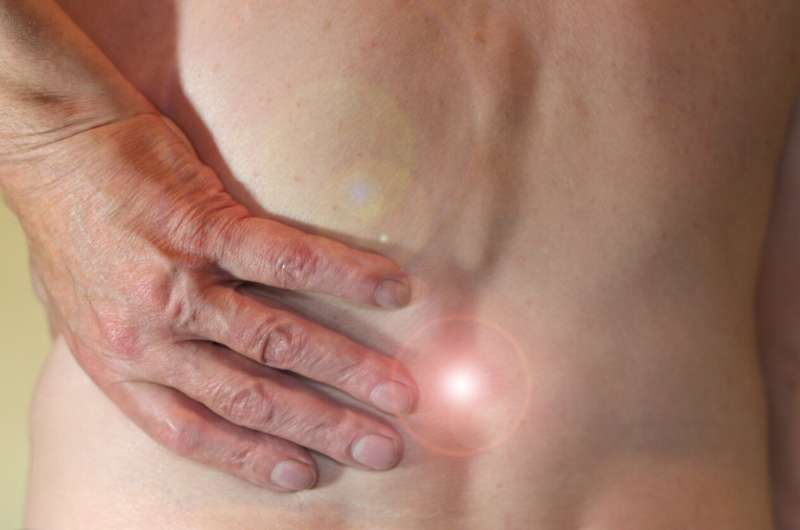This article has been reviewed according to Science X's editorial process and policies. Editors have highlighted the following attributes while ensuring the content's credibility:
fact-checked
proofread
Could a health care provider's nonverbal behavior modulate pain reports and placebo effects?

Research assessed the effects of the nonverbal behavior of health care providers on pain reports and placebo effects in 51 males and 53 females randomly divided into four groups. The results revealed no differences between the groups in the reduced pain and showed that healthy males and females may differ in underlying mechanisms of placebo effects.
The context in which a medical or psychological treatment is administered can increase or decrease the effect of that treatment and health care providers are an important component of that context. Thus, the providers' features, such as their gender, for example, and their nonverbal behaviors, can have profound impacts on treatment outcomes.
Research showed that health care providers' positive nonverbal behaviors (e.g. smiling, enhanced eye contact, positive tone of voice) led to lower pain reports. Conversely, negative nonverbal behaviors (e.g. lack of smiling, minimal eye contact, flat tone of voice) led to higher pain reports. In the same research line, another study revealed that high nonverbal support from video-recorded health care providers increased participants' pain tolerance.
To systematically test the placebo effects of health care providers' positive nonverbal behaviors on reports of pain, Hojjat Daniali and collaborators carried out a study in which 51 male and 53 female participants were randomly assigned to four groups, that were displayed positive facial expressions, positive tone of voice, positive body movement, or neutral nonverbal behaviors of videotaped experimenters (actors in the role of health care providers).
In the article "The Effect of Singular Nonverbal Behaviors of Experimenters on Pain Reports," published in the Journal of Pain Research in April 2024, the authors explain that for each group, subjective reports of pain, stress, arousal (such as tired or energized), and cardiac activity were obtained in a pre-test, a conditioning phase and a post-test.
Four minutes of heat pain was induced in each test, and a placebo cream was administered before conditioning and in the post-test in all groups.
There were no differences in the pain reduced from the pre-test to post-test between the positive nonverbal behaviors groups and the neutral nonverbal behaviors group, which seemed to indicate that the positive nonverbal behavior of experimenters was not different in their effect in reducing pain.
"We found that no nonverbal behaviors of caregivers were more effective than another in reducing pain and that caregiver nonverbal behaviors are more effective when displayed together rather than separately," says Hojjat Daniali.
These findings oppose other previous findings that identified positive facial expressions of health care providers as the nonverbal behavior with the greatest effect in reducing pain.
Men had a higher reduction in pain discomfort than women from the pre-test to the post-test, in line with previous studies that suggest that men have higher placebo effects than women. On the other hand, women tended to perceive a higher reduction in pain during conditioning with verbal suggestions.
This study also made it possible to "confirm that males and females may be different in underlying mechanisms of placebo effects," says Daniali.
More information: Hojjat Daniali et al, The Effect of Singular Nonverbal Behaviours of Experimenters on Pain Reports, Journal of Pain Research (2024). DOI: 10.2147/JPR.S449150





















